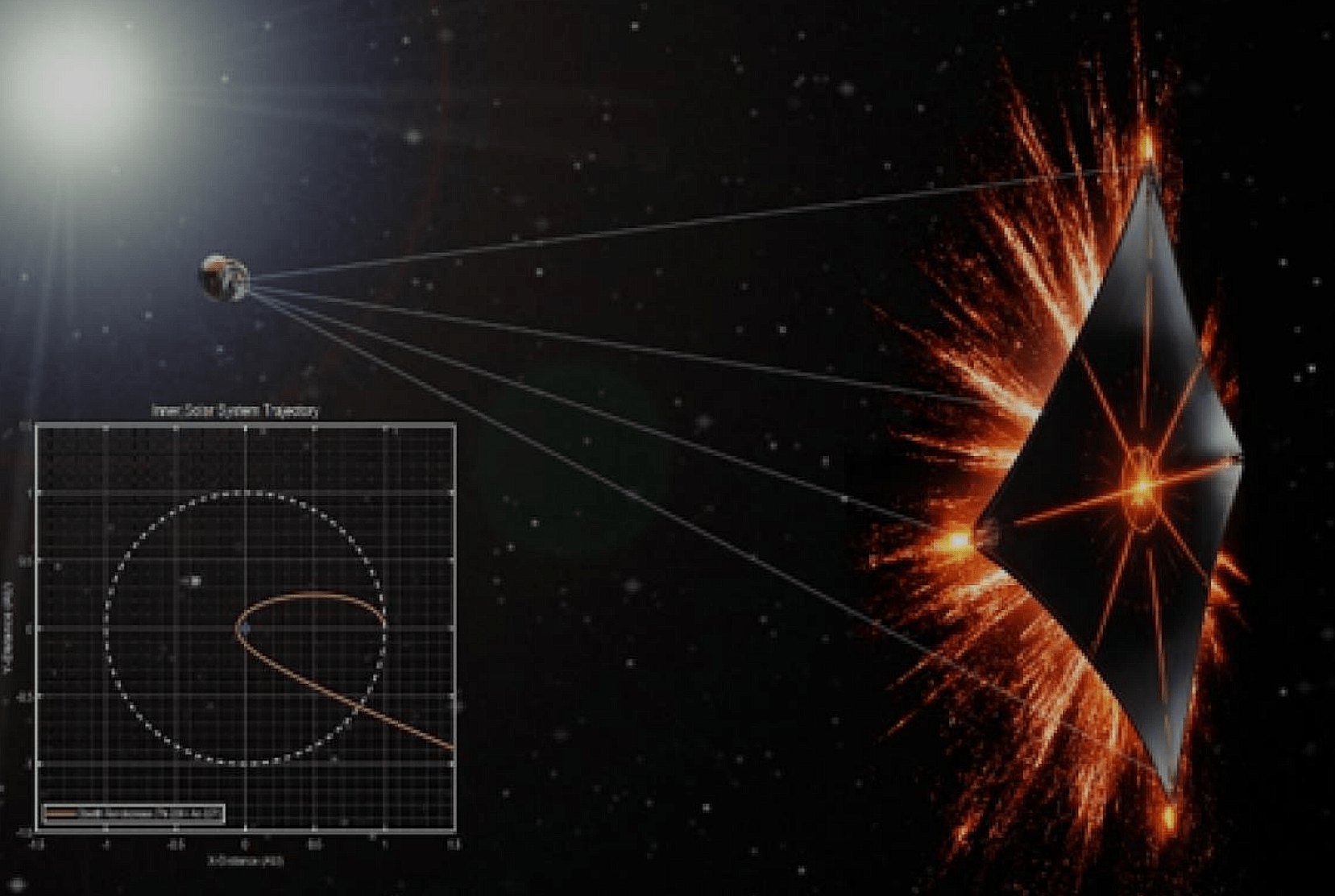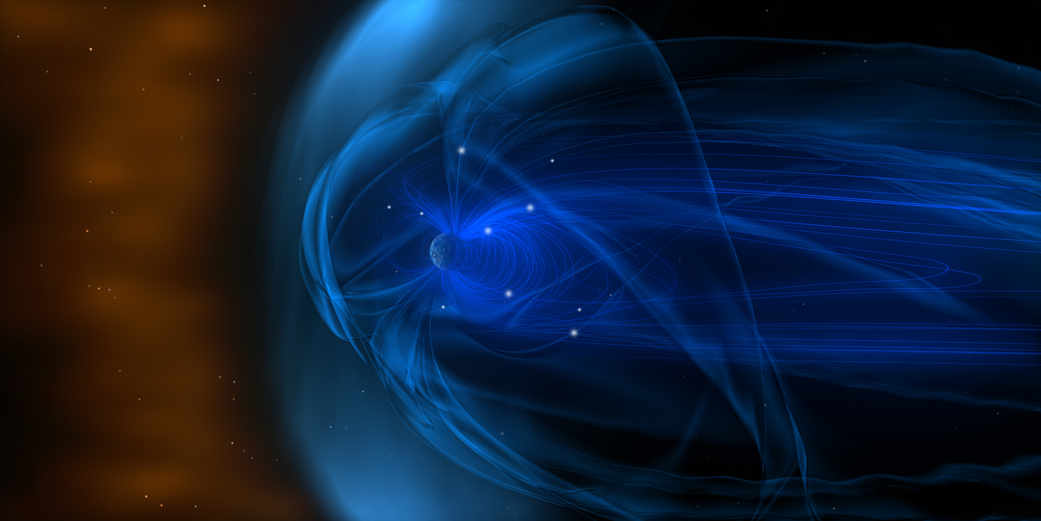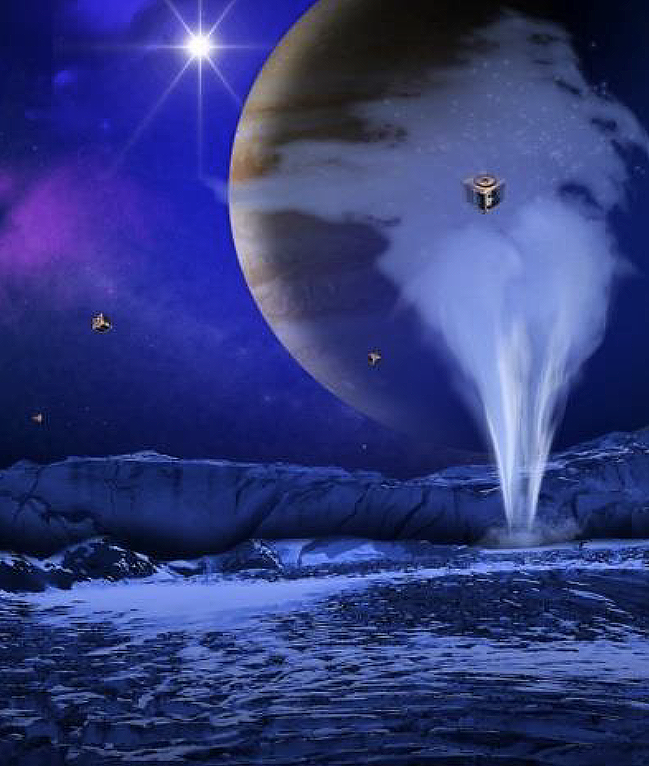TFINER – Thin Film Isotope Nuclear Engine Rocket
- The TFINER (Thin Film Isotope Nuclear Engine Rocket) is a novel space propulsion technology that enables aggressive space exploration by directly generating thrust from thin layers of energetic radioisotopes.
- The propulsion system can generate velocity changes of up to ~100 km/s using a few kilograms of fuel, making it suitable for rendezvous with interstellar objects and fast trips to exoplanets.
- TFINER’s capabilities will be explored in Phase 2, which includes small-scale thruster experiments, isotope production paths for other space exploration and medical applications, and advanced architectures like Oberth solar dive maneuvers.
- The TFINER concept was selected by NASA in 2025 as part of the NIAC (NASA Innovative Advanced Concepts) program, which aims to advance space technology mission concepts.
- TFINER has the potential to revolutionize space exploration by enabling propulsion outside the solar system that is an order of magnitude beyond existing technology, making it a promising candidate for future missions.
2 min read
Preparations for Next Moonwalk Simulations Underway (and Underwater)
James Bickford
Charles Stark Draper Laboratory, Inc.
The Thin-Film Nuclear Engine Rocket (TFINER) is a novel space propulsion technology that enables aggressive space exploration for missions that are impossible with existing approaches. The concept uses thin layers of energetic radioisotopes to directly generate thrust. The emission direction of its natural decay products is biased by a substrate to accelerate the spacecraft. A single stage design is very simple and can generate velocity changes of ~100 km/s using a few kilograms of fuel and potentially more than 150 km/s for more advanced architectures.
The propulsion system enables a rendezvous with intriguing interstellar objects such as ‘Oumuamua that are on hyperbolic orbits through our solar system. A particular advantage is the ability to maneuver in deep space to find objects with uncertainty in their location. The same capabilities also enable a fast trip to the solar gravitational focus to image multiple potentially habitable exoplanets. Both types of missions require propulsion outside the solar system that is an order of magnitude beyond the performance of existing technology. The phase 2 effort will continue to mature TFINER and the mission design. The program will work towards small scale thruster experiments in the near term. In parallel, isotope production paths that can also be leveraged for other space exploration and medical applications will be pursued. Finally, advanced architectures such as an Oberth solar dive maneuver and hybrid approaches that leverage solar sails near the Sun, will be explored to enhance mission performance.





